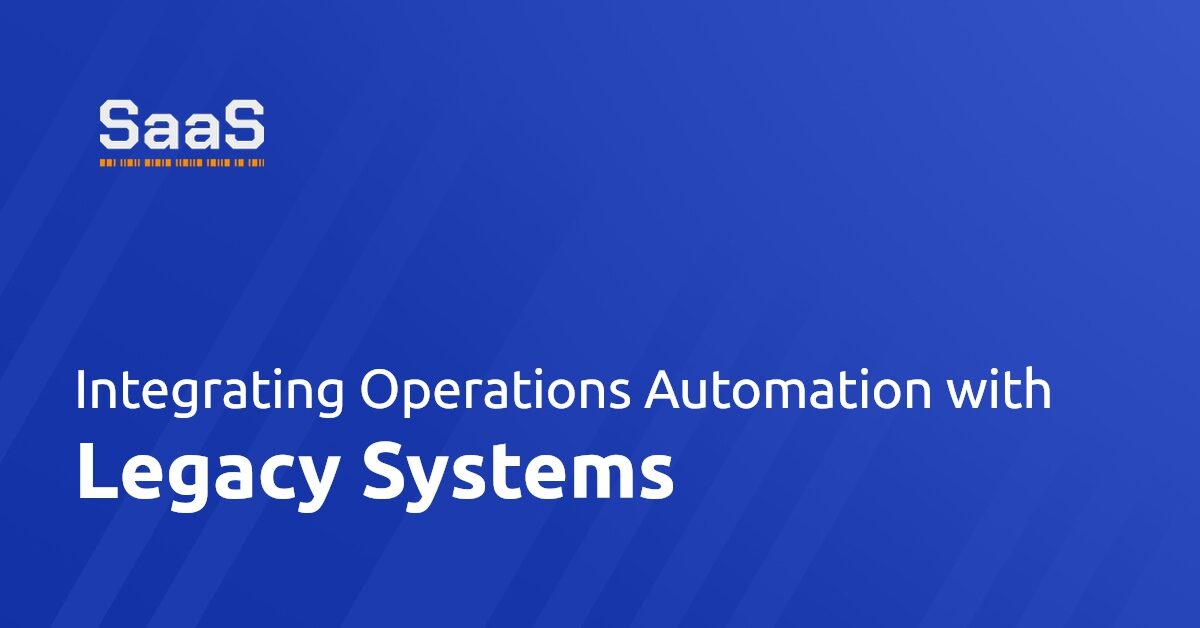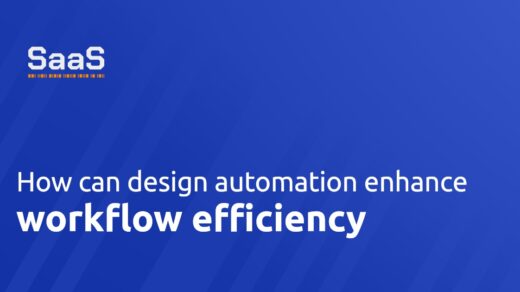Can operations automation bridge the gap for legacy systems?
Automation systems are constantly evolving, bringing new opportunities for organizations across the globe. But one question that often arises is, can operations automation be successfully integrated with legacy systems? The answer is a resounding yes. Integrating operations automation into existing legacy systems can enable businesses to maintain their current functionalities while leveraging the benefits of modern automation technologies.
Integrating automation technologies doesn't mean scrapping the current legacy systems. Instead, it involves empowering these systems with automated features. This integration provides enhanced efficiency and operational productivity to organizations. It allows businesses to operate faster, with more reliability and at a lower cost. Operations automation has the capacity to bridge the gap between the technological advancements of the present and the established functionalities of legacy systems.
Unlocking the potential: integrating legacy systems with automation.
There is often untapped potential in existing legacy systems. When integrated with operation automation, that potential can be fully leveraged. Automation enables these systems to run more efficiently by eliminating manual processes and reducing the chances of human error.
Automated operations can push legacy systems to their optimal performance levels. By automating repetitive tasks, employees are freed from mundane work, which in turn boosts their productivity and morale. Further, data accuracy and consistency are significantly improved, thus ensuring better decision-making and crucial insights.
How to seamlessly integrate operations automation and legacy systems.
Seamless integration of operations automation with legacy systems demands a well-planned strategy and careful execution. It begins with defining precise roles and responsibilities aligned with the organization's goals. Auditing the existing legacy systems is also crucial for identifying the gaps and opportunities that automation can fill and enhance.
Following the audit, the next step is to design a roadmap with both short-term and long-term objectives in place. This helps in managing optimal operational functionality while transitioning to automation. In addition, continuous monitoring and adjustments are necessary to ensure the seamless integration of these systems. All these steps help organizations maintain their competitive edge while enhancing cost-effectiveness and productivity.
Overcoming challenges: integrating automation into existing legacy systems
Despite the benefits, integrating operations automation into legacy systems might pose several challenges. These include resistance to change, uncertainty about return on investment, impact on employee roles and responsibilities, and compatibility issues.
Yet, these challenges can be mitigated. Communication and training are key for overcoming resistance to change. To ensure the successful integration of automation, stakeholders must understand the benefits. Showcasing successful case studies can further encourage adoption. Similarly, uncertainties about return on investment can be addressed by conducting a thorough cost-benefit analysis.
Furthermore, there is a need to review and realign roles and responsibilities. This includes retraining and reskilling employees to adapt to the new environment. As for compatibility issues, it is critical to have a robust IT infrastructure that can adapt and integrate with automation technologies. All these steps foster a smoother integration of operations automation with legacy systems, redefining the productivity ethos for organizations.







